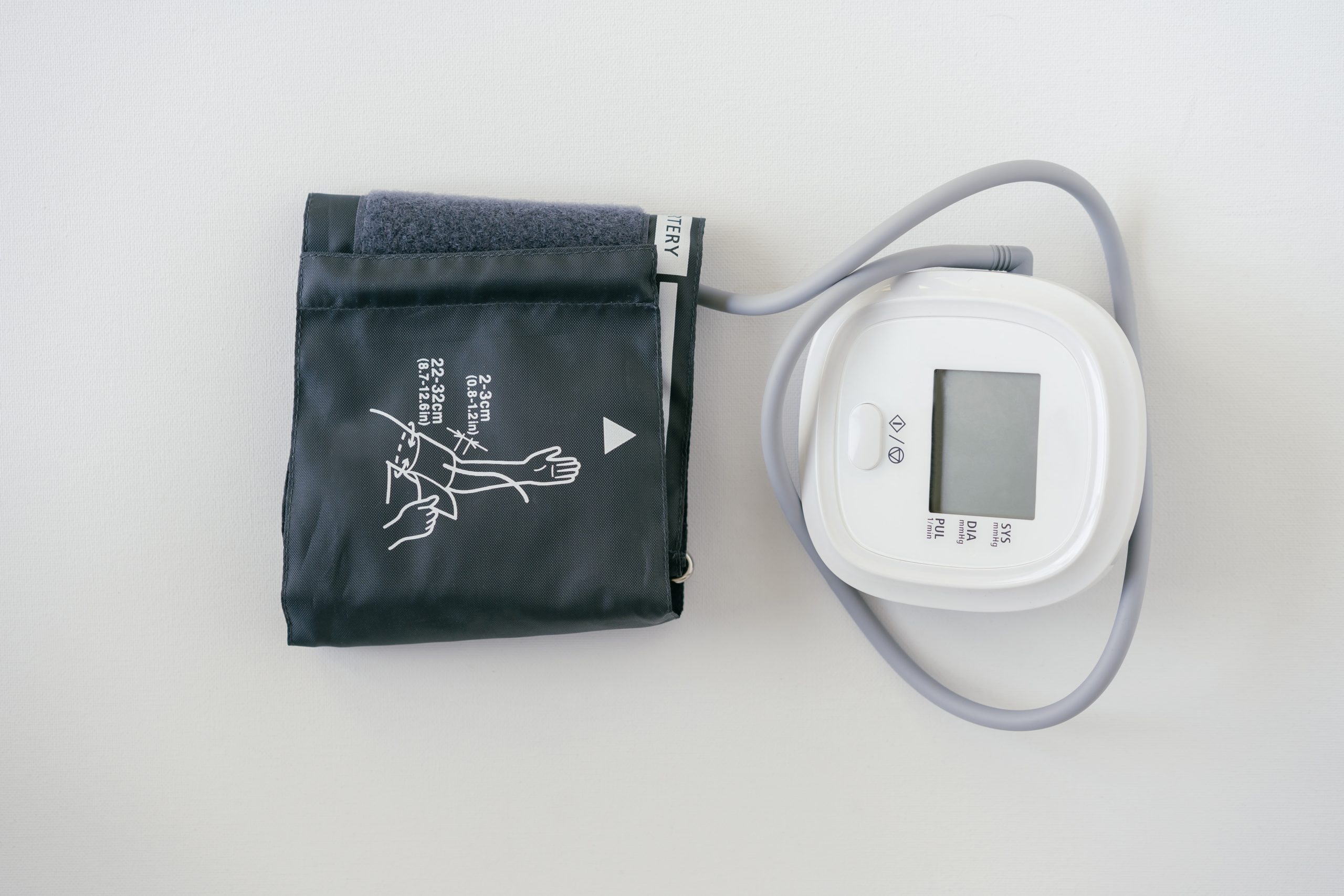Remote patient monitoring (RPM) is a healthcare technology that allows patients to receive medical care from the comfort of their own homes, using wearable devices and other technology to track and transmit vital signs and other health data to healthcare providers. In the case of a patient with hypertension (high blood pressure), RPM can play a significant role in managing their condition. Here are a few ways that RPM can help:
- Regular monitoring of blood pressure: One of the key features of RPM for hypertension patients is the regular monitoring of their blood pressure. This data can be transmitted to their healthcare provider in real-time, allowing for timely and effective adjustments to their treatment plan.
- Improved medication management: RPM can help healthcare providers monitor the effectiveness of a patient’s medication regimen, allowing for adjustments to be made if necessary. This can help keep blood pressure under control and reduce the risk of complications related to hypertension.
- Early detection of changes: With RPM, healthcare providers can detect changes in a patient’s blood pressure more quickly and respond accordingly. This can help prevent the progression of hypertension to a more serious stage, reducing the risk of heart attack, stroke, and other complications.
- Increased engagement and accountability: By using RPM, patients with hypertension can become more engaged in their own care and take a more active role in managing their condition. This can lead to better adherence to treatment plans and improved health outcomes.
- Reduced hospital visits: With the ability to monitor patients remotely, healthcare providers may be able to reduce the need for in-person hospital visits, reducing the risk of exposure to other illnesses and saving time and money for both the patient and the healthcare system.
In conclusion, remote patient monitoring can provide significant benefits for patients with hypertension by allowing for regular monitoring of blood pressure, improved medication management, early detection of changes, increased engagement and accountability, and reduced hospital visits.
Citations
- The American Heart Association: https://www.heart.org/en/health-topics/high-blood-pressure/diagnosis-and-treatment-of-high-blood-pressure/home-monitoring-of-blood-pressure
- The National Institute for Health and Care Excellence (NICE): https://www.nice.org.uk/guidance/ng80/chapter/Introduction
- The Journal of Medical Internet Research: https://www.jmir.org/2017/7/e209/
- The Journal of Telemedicine and Telecare: https://journals.sagepub.com/doi/10.1177/1357633X16681021
- The American Journal of Managed Care: https://www.ajmc.com/view/remote-patient-monitoring-can-reduce-readmissions-improve-care-for-hypertension-patients
These sources provide information and research on the benefits of remote patient monitoring for patients with hypertension, and can be used to support the information in the article.
